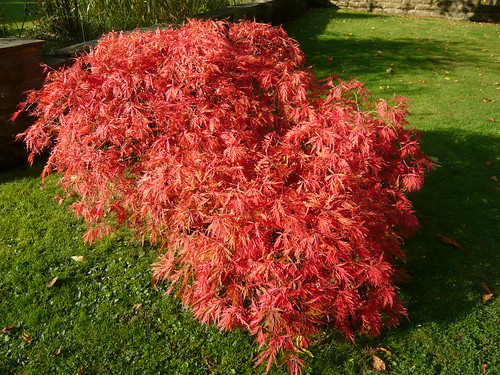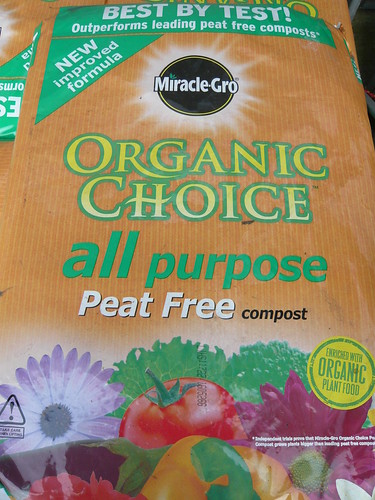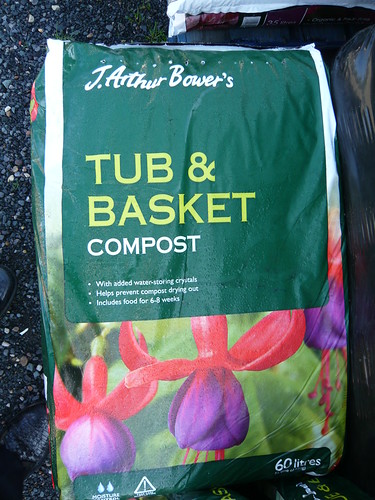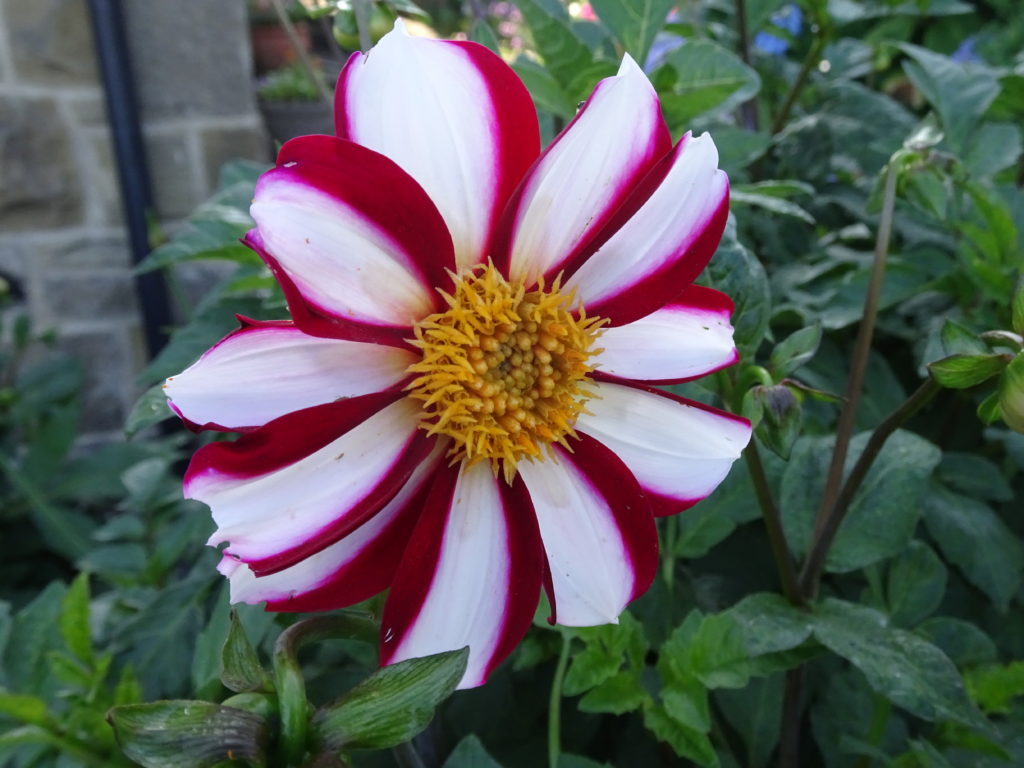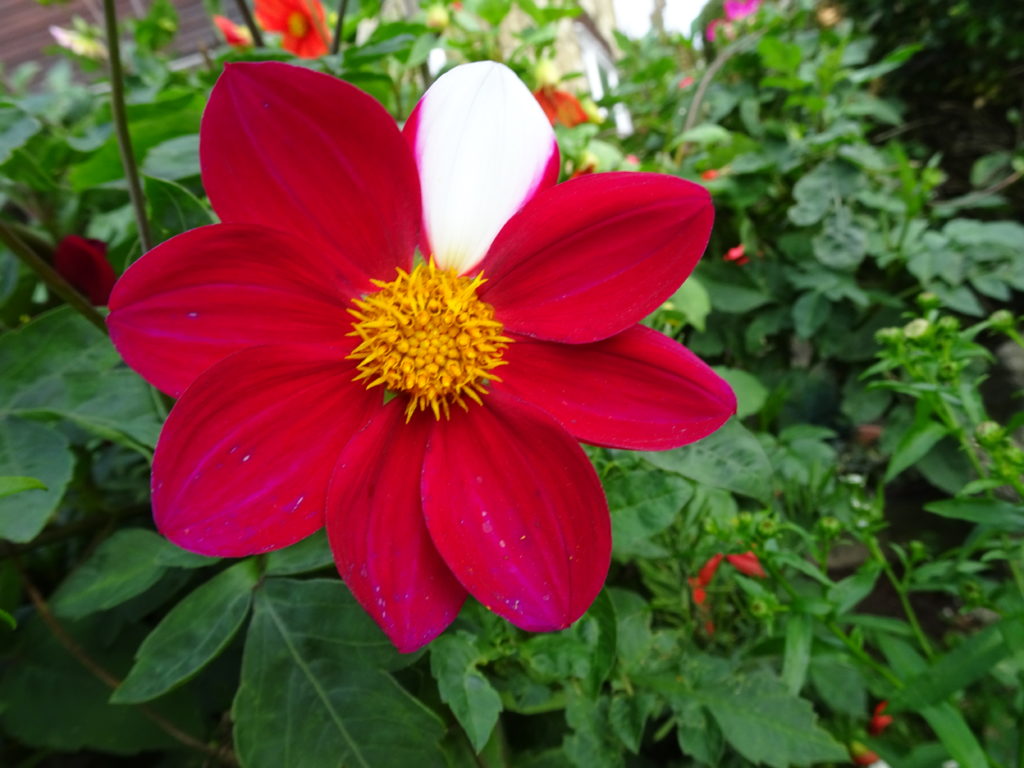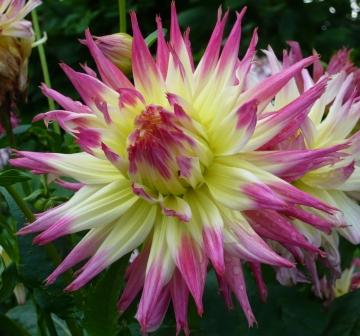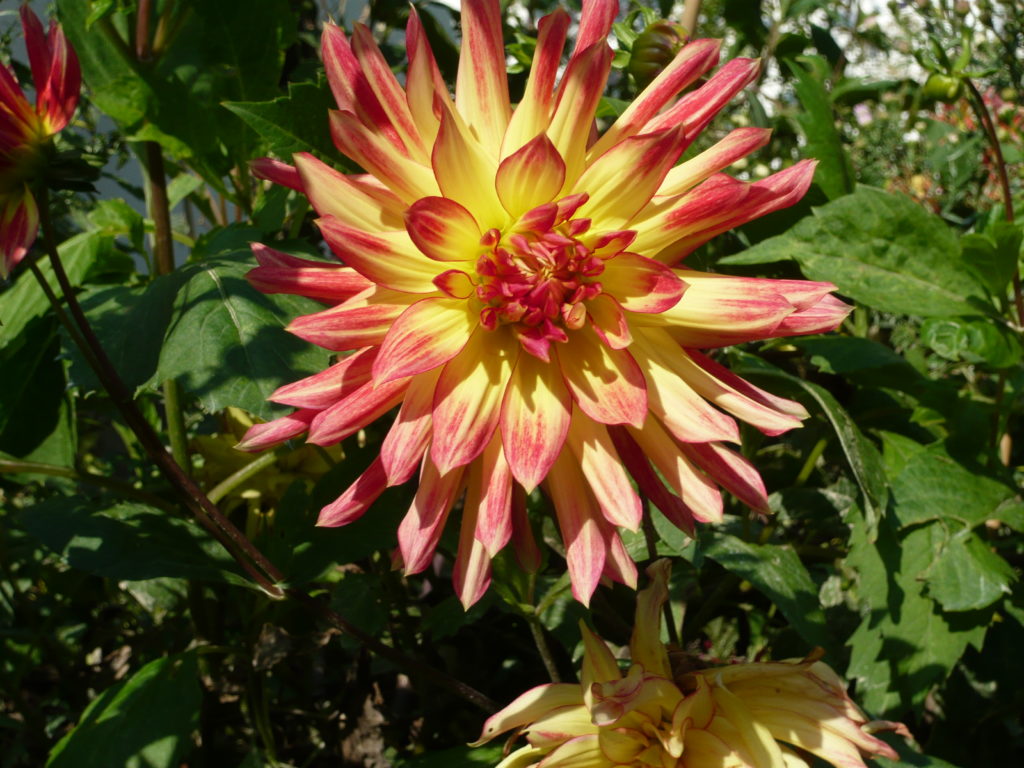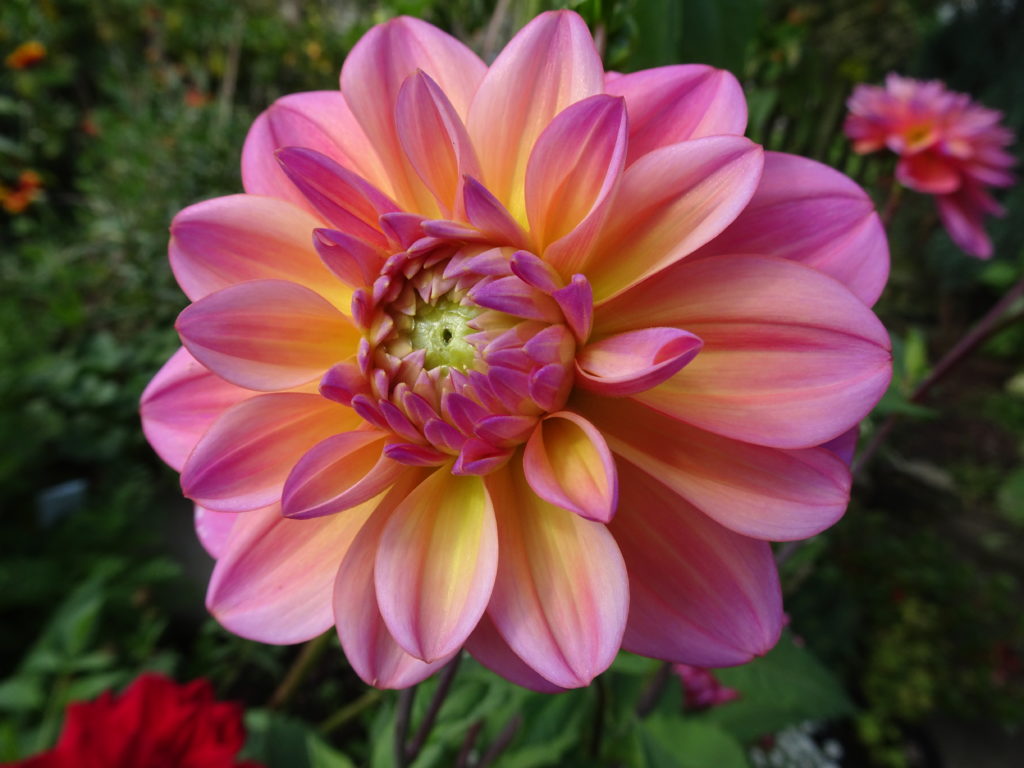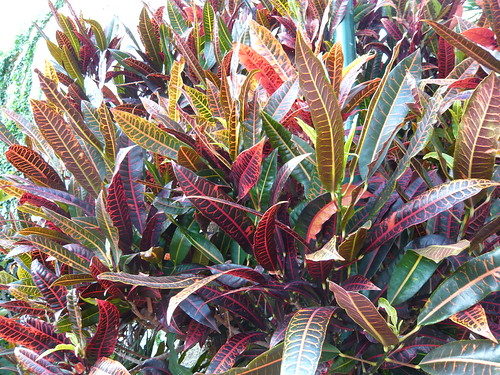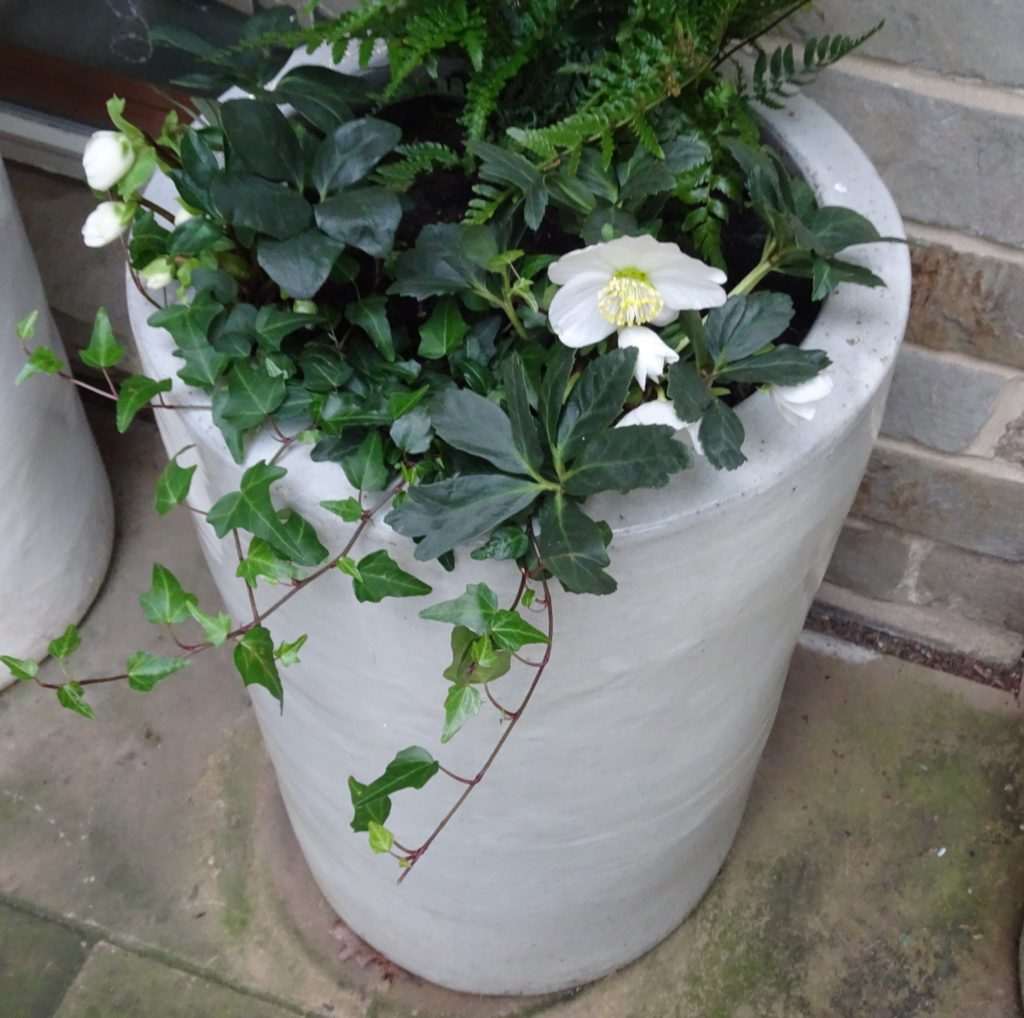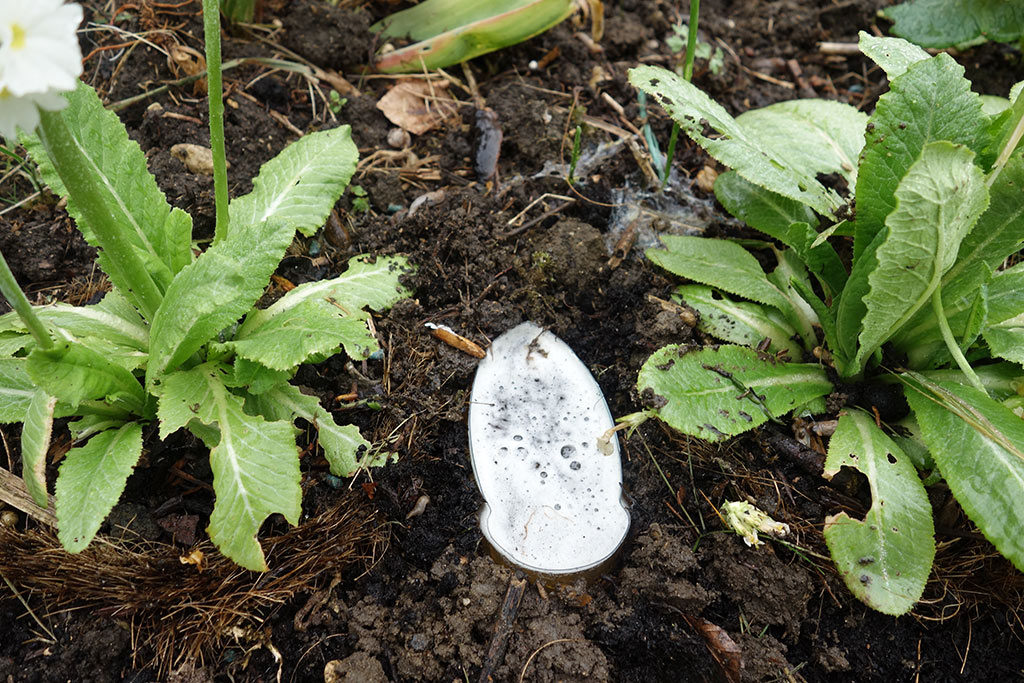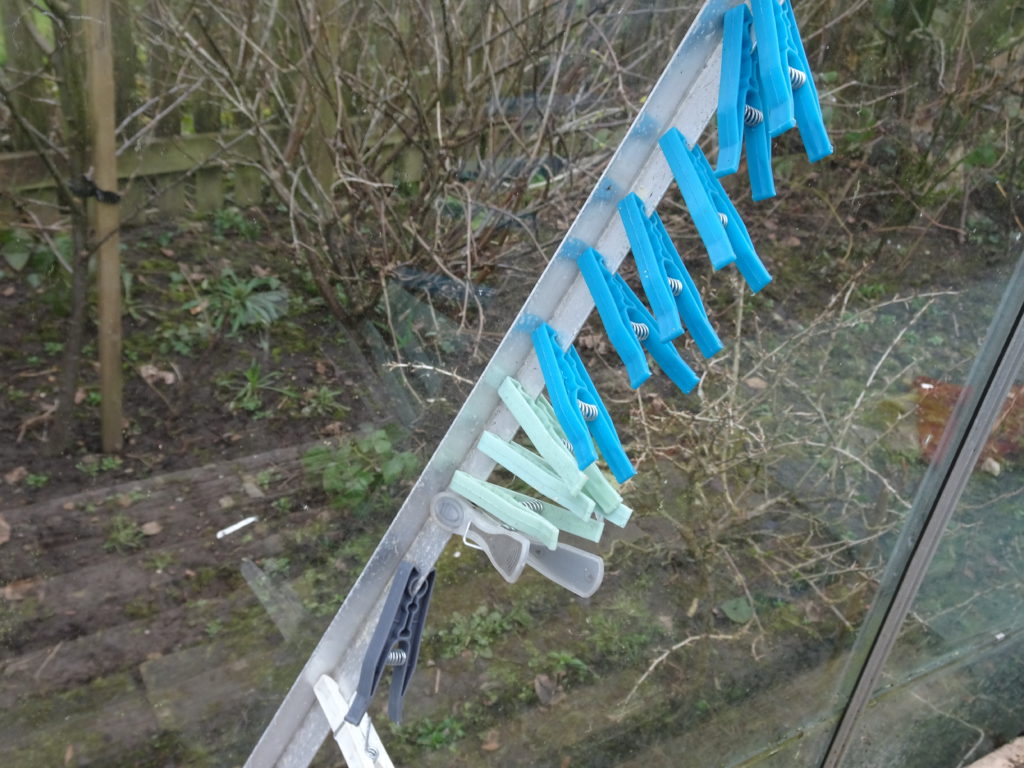Growing Campanula, Canterbury Bells, Bellflower & Balloonflower
Alpine or border Campanulas come in many species and varieties.
Campanula lactiflora ‘Loddon Anna’ above was grown from seed distributed free to members by the RHS. It grows four feet tall and has many very attractive open bell shaped flowers. The flowers are arranged on a stem in a loose cone shape but with each of about 60 flower about an inch wide the effect is light and flowing. This species is commonly called the Milky bell flower and is a lilac colour.
Growing Campanula.
- Most Campanulas bloom in June and July, but some varieties continue all summer.
- Plant seeds or seedlings in May, though they can be sown in August and protected during the winter.
- Most Campanula plants tolerate full sun but like some moisture in the soil. The smaller varieties grow in walls and rockeries.
- Thompson Morgan have a fine seed collection.
- There is a white Campanula persicifolia alba
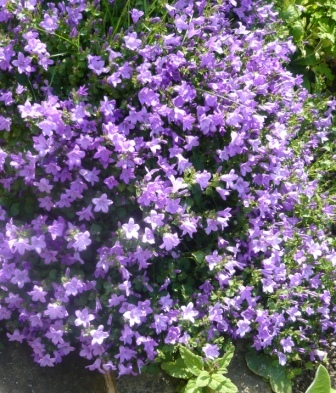
Hints and Tips about the Campanula Family
- Plants are generally perennial other than the annual Campanula macrostyla and ramosissima.
- The small hairbell or harebell are sometimes called the Bluebells of Scotland
- The scent is very mild during the day.
- There is a National Plant Collection at Burton Agnes Hall in Driffield.
- Smaller campanulas are ideal for rockeries, borders and pots

Dwarf Campanula by Graham Nichols
See also Campanula for the rockery here or Alpine campanulas.
Read Bells and not Cockleshells
Wikipedia lists 473 species. Tall bellflowers grow from the Great Lakes region south to Florida and from the Dakotas east to New York.[10] They thrive in partial shade and grow along woodland edges, in open woods, shaded meadows, streambanks and ditches.
Images of Campanula carpatica a compact campanula covered for a long season in summer with masses of blue, upright, bell flowers.
Platycodon or Balloon flower are a relative of Campanula that have grown in popularity over the last few decades.
‘My book of Campanulas and Bellflowers in cultivation’ 1959 by H Clifford Crook provided and provides useful detail about the wide range of cultivated plants
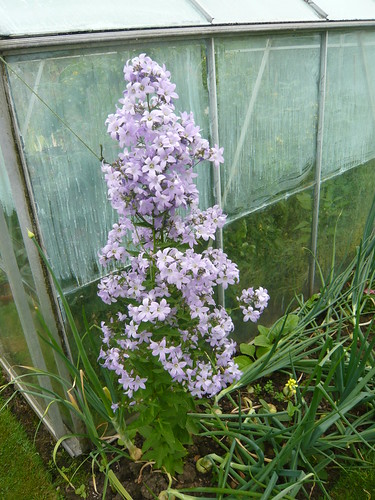
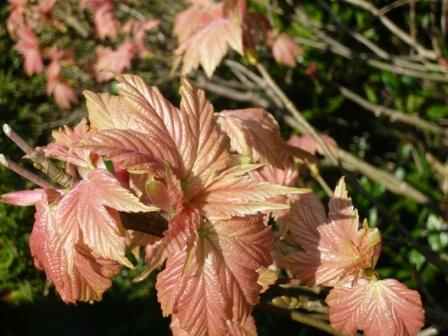 The RoyalHorticultural Society
The RoyalHorticultural Society 